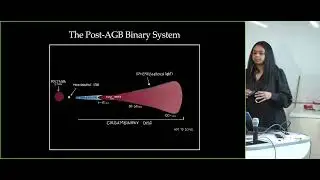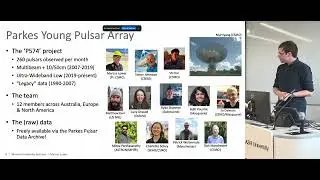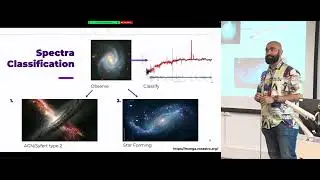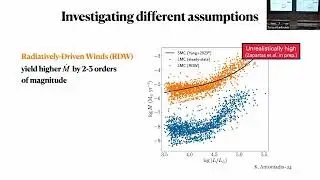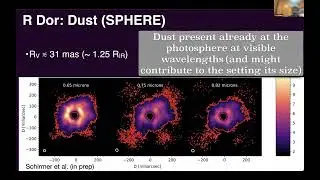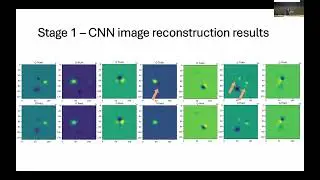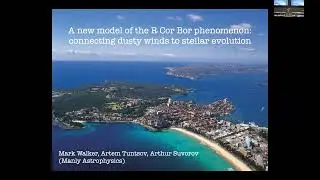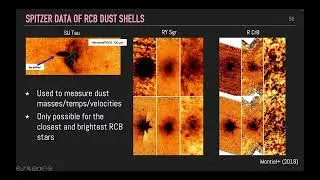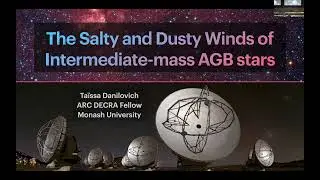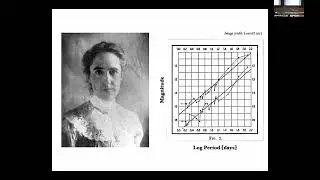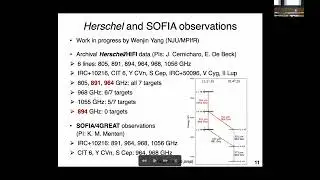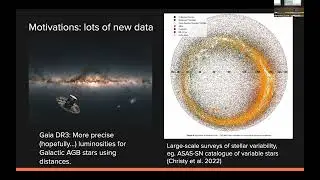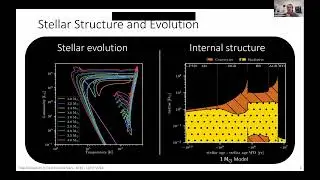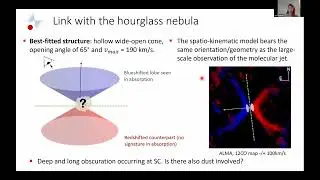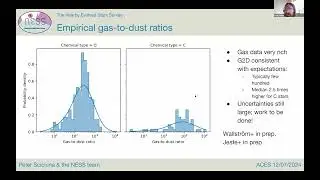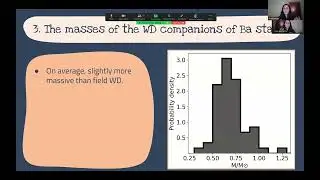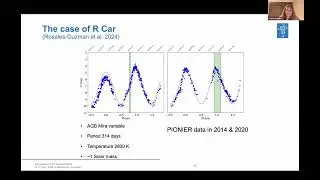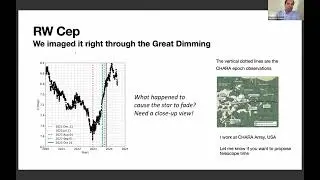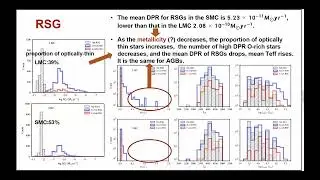ACES Establishing a mass-loss rate relation for Red Supergiants - Kostas Antoniadis (Athens)
Kostas Antoniadis
University of Athens, Greece
The high mass-loss rates of red supergiants (RSGs) drastically affect their evolution and final fate, but their mass-loss mechanism remains poorly understood. Various empirical prescriptions scaled with luminosity have been derived in the literature, yielding results with a dispersion of 2-3 orders of magnitude. We determine an accurate mass-loss rate relation using over 2000 RSG candidates, with UV to mid-IR photometry in up to 49 filters, in the Large Magellanic Cloud, and investigate the discrepancy reported in previous works. We determined the luminosity of each RSG by integrating the spectral energy distribution and the mass-loss rate using the radiative transfer code DUSTY. We established a mass-loss rate relation as a function of luminosity
and effective temperature. Furthermore, we found a turning point in the mass-loss rate versus luminosity relation at approximately log(L/L⊙) = 4.4, indicating enhanced rates beyond this limit. Yang et al. (2023) found this limit at log(L/L⊙) = 4.6 in the Small Magellanic Cloud, hinting at a metallicity dependence. We show that this enhancement correlates with photometric
variability. Additionally, we examined the effect of different assumptions on our models and found that radiatively driven winds result in higher mass-loss rates by 2-3 orders of magnitude compared to steady-state winds. Finally, we apply the same methodology to model a large sample of RSGs in different galaxies, such as the Small Magellanic Cloud, M31, and M33, to find if metallicity affects mass loss.











